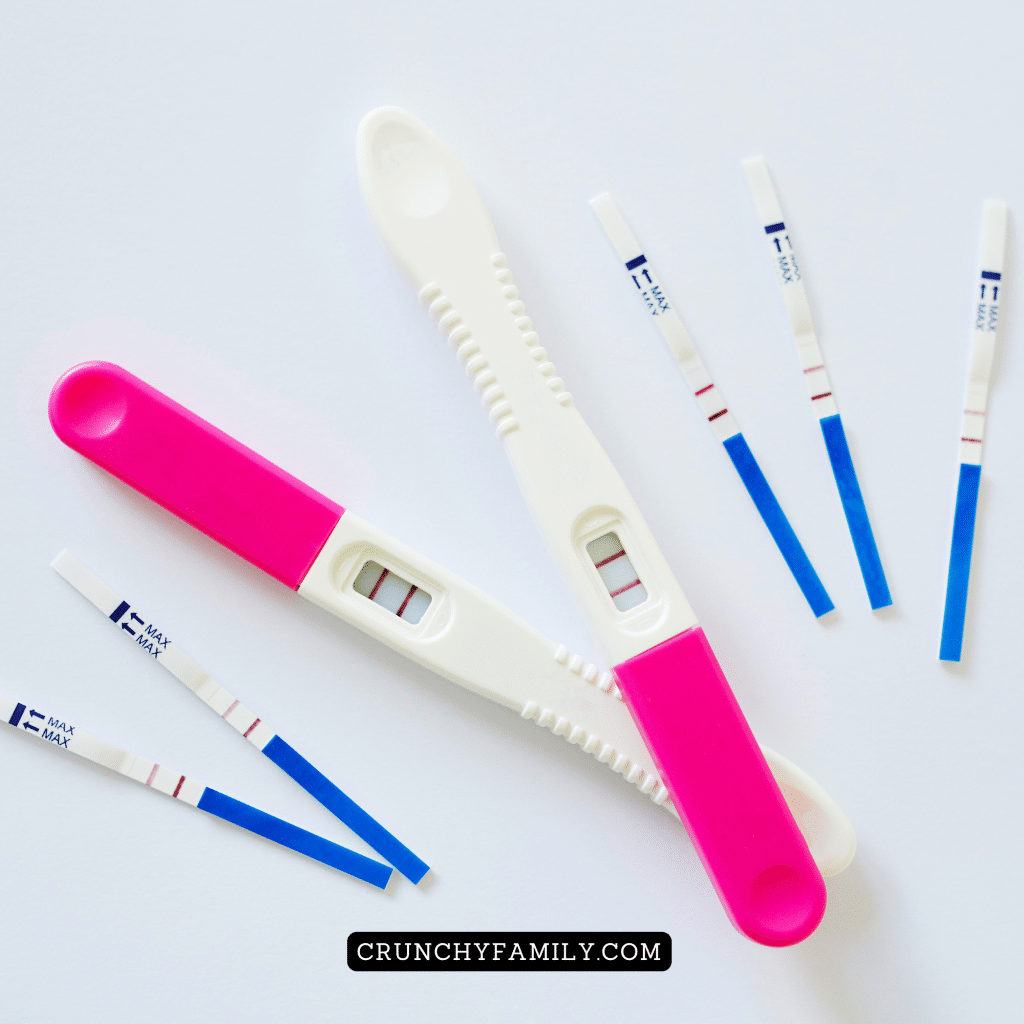If you’re anything like us, me and my fiancé, then you probably love exploring natural ways to support fertility. We’re big believers in listening to the body, tracking changes, and trying things that are backed by both tradition and science (even if the science is still catching up a little).

Lately, maca root has been taking over our kitchen shelf, and our conversations. We’ve been reading clinical trials, watching what healthcare providers say, and even testing different types of maca in our smoothies. So if you’re wondering how much maca root you should actually take for fertility, this post is for you.
What Is Maca and Why Is Everyone Talking About It?
Maca root (Lepidium meyenii Walp), also known as Peruvian ginseng, is a root vegetable grown at high altitudes in the Andes Mountains. Traditionally used in Peruvian medicine for everything from sexual dysfunction to energy levels, maca has become a modern-day superfood.

It’s packed with amino acids, fatty acids, and essential nutrients, and has been getting a lot of buzz for its potential impact on sexual health, female fertility, sperm production, and hormonal balance.
In recent years, there’s been a rise in human studies and animal studies looking into maca’s benefits, especially the effects of maca on sperm quality, hormone levels, menstrual cycles, and even erectile dysfunction. But before we jump to the fertility magic, let’s talk dosage.
So, How Much Maca Root Should You Take?
Most clinical trials use between 1.5g to 3g of maca powder daily. Some stretch that up to 5g with no serious adverse effects, but more isn’t always better. We started at 1 teaspoon a day (about 3g) and felt a nice little lift in our energy levels and mood without overstimulation.

Here’s what we found works best:
- Start small: Begin with 1.5g–3g per day (about half to one teaspoon of raw maca or maca powder)
- Stick with it: Give it at least 8 to 12 weeks. Fertility shifts, whether it’s sperm motility, semen quality, or menstrual cycles, don’t happen overnight
- Take it early in the day: Maca can be energizing, so it’s best time is with breakfast or lunch
- Cycle it: We use it five days on, two days off to give our pituitary glands and endocrine system a rest
And don’t forget—always check with a healthcare provider, especially if you have a medical condition or are taking medications like hormone therapies or undergoing fertility treatments.
Which Type of Maca Is Best for Fertility?

There are three main types of maca root, each with its own perks:
- Yellow maca: The most common, great for general use and hormonal balance
- Red maca: Often recommended for female fertility and even prostate health. One animal study showed it might improve sperm concentration
- Black maca: The favorite for men, especially for sperm health, semen volume, and sexual function
Our routine? I take red maca and he takes black maca, and we mix it into smoothies or warm almond milk. We’ve tried the maca extract too, but we prefer the taste and flexibility of the powder.
What the Research Actually Says

There’s a growing body of evidence, but yes, still limited evidence, that maca can improve various aspects of reproductive health.
A placebo-controlled study showed significant increases in sperm count and sexual desire without any change in testosterone levels. Others show a reduction in menopausal symptoms and better moods in postmenopausal women.
That said, the efficacy of oral administration of extracts still varies between studies. Some show significant improvement in sexual performance, while others don’t find a significant difference. So it’s not a magic fix, but it may offer potential benefits, especially when part of a healthy, natural fertility plan.
Any Side Effects to Watch Out For?
Most people tolerate maca well, but some may experience:
- Mild digestive upset
- Headaches
- Sleep disturbances if taken too late
- Slight jitteriness at higher doses

There’s no standard drug administration protocol for maca, but it’s still a dietary supplement, not a cure-all. If you have breast cancer, are on hormone replacement therapy, or dealing with health problems, always get medical advice first.
How We Use Maca in Our Daily Routine
We make maca part of our daily love-and-health ritual:
- Smoothies with banana, maca, and cacao (hello, natural mood boost)
- Maca lattes with plant milk and cinnamon
- Stirred into oats or added to protein bites
Our secret? Stay consistent, but be gentle with yourself. Fertility journeys can be emotional and nonlinear. We’re learning to enjoy the ride and celebrate every small boost to fertility, mood, and connection.

Conclusion
Maca root isn’t a miracle, but it can be a meaningful addition to your daily routine if you’re working on fertility problems or just want to support your sexual health, hormonal balance, or energy levels.
Starting with 1.5g–3g a day, choosing the right type of maca, and sticking with it for a few months might give your body the gentle nudge it needs. Always make space for an informed decision, and speak to your fertility specialist or healthcare provider before making big changes.

More related reads: